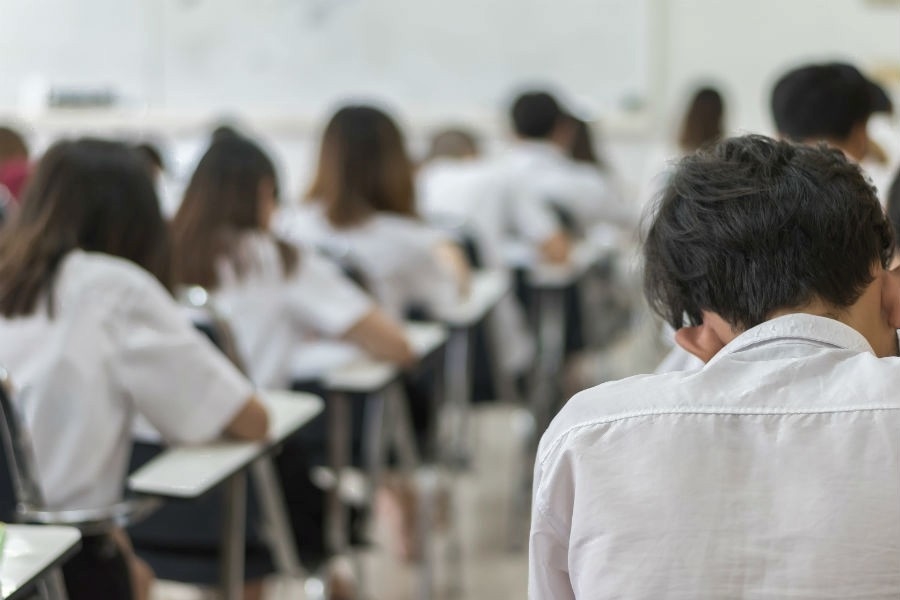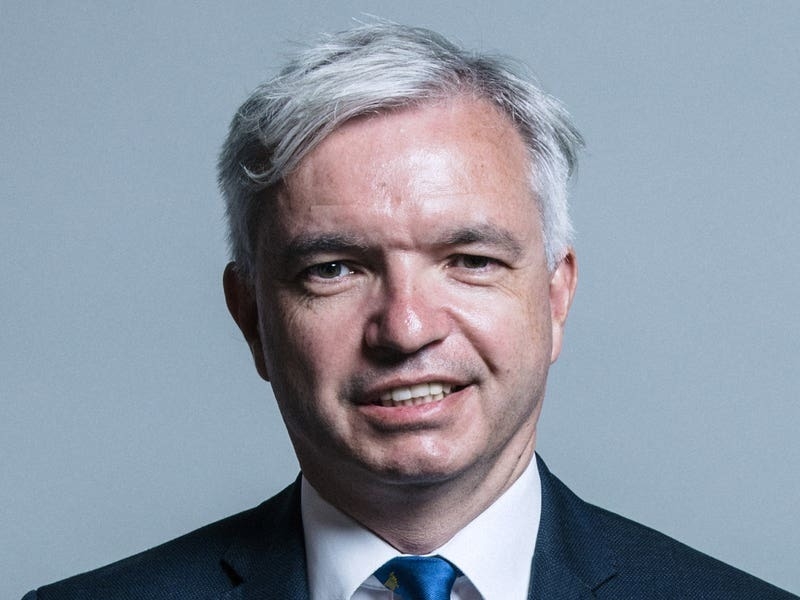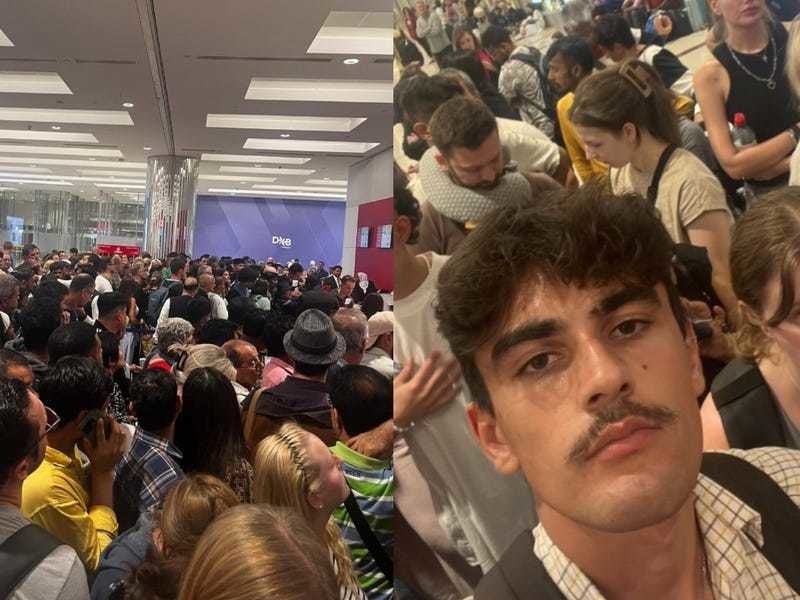A SECOND education union is due to ballot around 400 teachers this month on potential industrial action.
The National Education Union said it would continue to engage with the government through mediation talks – confirmed for 5 June – but described the current pay offer as ‘inadequate’.
Senior regional officer Nick Childs said: ‘We hope that a dispute can be avoided, and it is with regret that our members feel they have no alternative but to hold a ballot for industrial action. We are continuing to engage with the government via the Jersey Arbitration and Conciliation Service and will continue to try and reach a negotiated pay settlement that is fair and halts the pay erosion in the profession. However, there should be no illusions about the resolve of teachers to tackle the cost-of-living crisis in the classroom.’
The announcement follows a report in yesterday’s JEP that the NASUWT was poised to ballot its members on action that could disrupt schools later this term and in the autumn.
The NEU’s joint district and branch secretary Adrian Moss said that the current disquiet felt by teachers should be viewed against a backdrop of increasing pressure on staff.
He claimed that pupils from different year groups had, on occasions, been combined into single classes and that more than one course had been taught to different groups within the same room.
He added that the union did not have details of how often this had taken place but said that ‘to the extent that it was happening at all, it was something to be concerned about’.
The JEP approached the government but had received no response by publication deadline.
Mr Moss said: ‘These are the very real pressures that teachers are having to manage due to the pressures on the Jersey education system that have been years in the making.’
Commenting on discussions with the teaching unions, St John Constable Mr Jehan, who is the vice chair of the States Employment Board, confirmed that the government had agreed to mediation.
Mr Jehan said: ‘We have set out the financial position which has included significant investment in education and additional classroom and administrative support. Additionally, I have already stated in the Assembly that we are committed to reviewing terms and conditions for teachers and we have recently increased parental leave that has a cost of 2%.’
He added: ‘Teachers were offered a single payment of £4,250 (consolidated) that would have equated to 12.1% for their lower-paid members. Some teachers will also receive an additional uplift in their pay through progression through the pay spines. Teaching assistants, lunchtime supervisors, caretakers and other education staff working alongside teachers have all accepted the 7.9% increase. As with all negotiations undertaken in good faith, we do not intend to play them out in the public domain, but we will continue to meet with unions and engage positively with them in order to reach a successful resolution.’
Meanwhile, responding to concerns about teacher vacancies, Education Minister Inna Gardiner said it was too early to give an accurate prediction on how many staff might leave their roles in government-provided schools this year. The final resignation deadline for the current academic year is the end of this month.
But Deputy Gardiner said recruitment and retention remained one of her top priorities, and that she would be making proposals for further investment in the school workforce in the 2024 to 2027 Government Plan.
‘Funding approved in recent government plans has resulted in an increase in school budgets of over £10m from 2021 to 2023, much of which is invested in additional staff. In 2023 alone, we have been successful in recruiting 40 teaching assistants (started and offer accepted) with 14 more at interview stages, as well as 11 primary-school teachers with 14 more at interview stages,’ she said.
But she added that it was important to understand that vacancies within schools did not only comprise those deciding to leave their posts but also others taking parental leave or moving within schools.
‘In the same period that 36 teachers left, an additional 47 teachers took parental leave. Add to this the number of vacancies created by internal moves, and it is clear that leavers trigger fewer than half of all vacancies advertised,’ Deputy Gardiner said.






